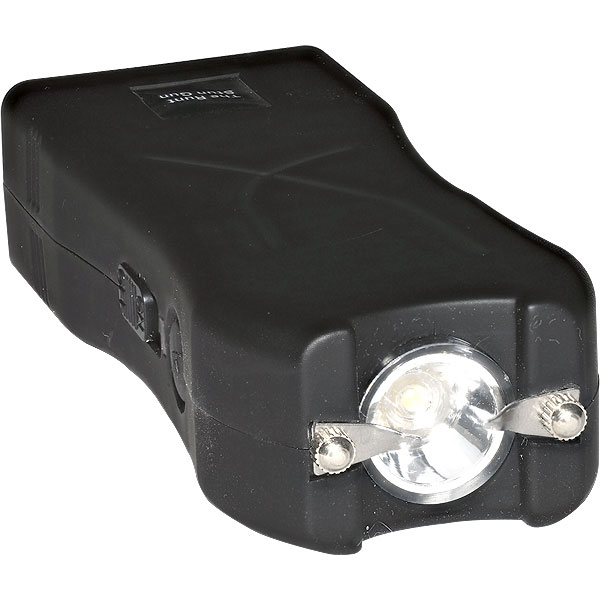Understanding Stun Gun Laws: A Comprehensive Guide
In a world where personal safety is of paramount importance, many individuals are turning to non-lethal self-defense tools, such as stun guns. However, before purchasing or using a stun gun, it’s crucial to understand the laws surrounding them, which can vary significantly from state to state and even city to city. This blog aims to provide a comprehensive overview of stun gun laws to help you navigate this often confusing legal landscape.
What is a Stun Gun?

A stun gun is a handheld device that delivers an electric shock to incapacitate an attacker temporarily. Unlike tasers, which shoot two electrodes connected by wires, stun guns require direct contact with the assailant. Stun guns are classified as non-lethal weapons, but they can still cause serious injury or even death, especially in individuals with pre-existing medical conditions.
The Legal Landscape
1. State Laws
Stun gun laws in the United States can vary widely:
- Permissive States: In states like Texas and Florida, stun guns are generally legal to own and carry, often without the need for a permit. However, usage restrictions may apply, particularly in certain public areas.
- Restricted States: States such as New York and New Jersey have stricter regulations. In New York, for instance, stun guns are classified as illegal weapons, while New Jersey requires a permit to carry one.
- Prohibited States: Some states have outright bans on stun guns. In Hawaii, for example, it is illegal to own or carry a stun gun.
2. Local Restrictions
Even in states where stun guns are legal, local municipalities may impose their own restrictions. For example, certain cities may ban stun guns in public places, or require permits for possession. Always check local ordinances in addition to state laws.
3. Age Restrictions
Many states impose age restrictions on the purchase and possession of stun guns. Typically, you must be at least 18 years old to buy one, but some states allow minors to possess them with parental consent.
4. Usage Guidelines
The legality of using a stun gun in self-defense situations also varies. Most states allow the use of stun guns in self-defense if there is an imminent threat. However, using a stun gun in a non-threatening situation, or using excessive force, can lead to legal repercussions.
Why Understanding the Law is Important
Understanding stun gun laws is essential for several reasons:
- Legal Consequences: Owning or using a stun gun illegally can lead to severe penalties, including fines, confiscation of the weapon, or even criminal charges.
- Self-Defense Claims: Knowing the laws can help you better navigate self-defense claims if you ever find yourself in a situation where you need to use your stun gun.
- Informed Purchase: Understanding the legal landscape can help you make informed decisions about which state or municipality is best for purchasing and carrying a stun gun.
Tips for Responsible Ownership
- Research: Always research local and state laws before purchasing a stun gun. Websites like the National Conference of State Legislatures (NCSL) provide valuable resources on weapons laws.
- Training: Consider taking a self-defense course that includes training on how to use a stun gun effectively and responsibly.
- Storage: Keep your stun gun stored safely to prevent accidental discharge and unauthorized access, especially in households with children.
- Stay Informed: Laws can change frequently. Stay updated on any changes in legislation that may affect your rights concerning stun guns.
Conclusion
Stun guns can be a valuable tool for personal safety, but understanding the legal implications of their use is crucial. By being informed about state and local laws, adhering to responsible ownership practices, and remaining aware of your rights and responsibilities, you can ensure that you are prepared to use a stun gun safely and legally. Always prioritize education and safety in your self-defense journey. Stay safe!
